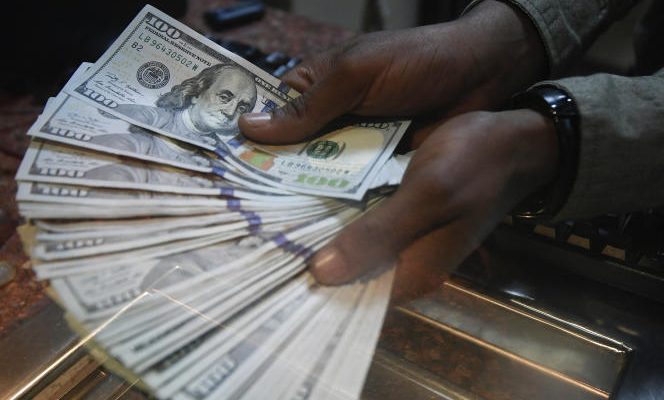It’s been years since Kenya, with a vibrant and diversified economy, worried so much about its finances. ” The shortage of dollars is a very serious problem, the boss of the Association of Kenyan Industrialists (KAM), Anthony Mwangi, was alarmed on television in mid-March. We could come to a situation where, when you go to the supermarket, you no longer find locally produced products on the shelves. » Kenyan factories are forced to import around 80% of their raw materials, in dollars, and struggle to obtain the precious greenbacks from the banks.
The main sign of this shortage, which began a year ago, is that central bank reserves have melted to a low of around ten years. At 6.4 billion dollars (5.87 billion euros), they now only cover 3.6 months of imports. A number ” disturbing and located below the 4-month floor imposed by the regulations, underlines Churchill Ogutu, economist for the financial consulting firm IC Group.
Structural imbalance
Several factors have led to this situation. First, the structural imbalance between exports and imports – characteristic of many African countries – has worsened under the combined effects of Covid-19, the war in Ukraine and a record drought. Thus, in the third quarter of 2022, exports totaled approximately $1.9 billion while the country imported $4.9 billion. On the income side, flagship products such as tea, coffee and flowers have suffered from the pandemic, as has tourism.
On the expenditure side, the dollar, carried by the monetary policy of the Fed, the American Central Bank, is more expensive. A situation that has impacted Kenya like many other developing countries, insists Rufas Kamau, principal analyst of the FXPesa brokerage platform. ” We’ve seen the Nigerian naira lose 100% against the dollar, we’ve seen the South African rand lose by the same amount, it’s been a global problem “, he details. In Kenya, it took 99 Kenyan shillings to buy 1 dollar before the pandemic: this figure has risen to 132 according to the official rate. This depreciation was combined, with the war in Ukraine, with a global surge in prices such as those of foodstuffs, which further increased the need for dollars.
At the same time, the government has started to repay large installments on the debt contracted over the past fifteen years to finance the flourishing development of infrastructure, with flagship projects such as the train linking the capital to the port of Mombasa, on the Indian Ocean. Borrowings systematically contracted in dollars. Currently, Nairobi is repaying $150 million to $500 million monthly, depending on the month, according to World Bank data.
Finally, as Rufas Kamau points out, this scarcity has favored a phenomenon of “hoarding” by the banks of their dollars, accentuating the shortage.
Parallel market
As a result, forced to wait patiently for their bank to issue them greenbacks, Kenyan companies face delays that constrain their business. ” Instead of executing a transaction in a single day, it now takes a week observes Churchill Ogutu. The competition to obtain dollars also pushes them to pay much more than the official rate of 132 shillings: up to 145 shillings for 1 dollar. ” It seems that no one uses this official rate anymore “Said the analyst, noting that even the National Energy Regulation Agency (EPRA), which notably sets fuel prices, refers in its calculations to the unofficial rate of the parallel market.
At the end of the chain, the mwananchi, the man in the street does not escape the domino effect. Faced with a situation that has worsened over the past three months, manufacturers will now pass on the rise in costs to their selling prices, warned Mr. Mwangi of KAM. A sensitive subject while the country is experiencing demonstrations linked in particular to the cost of living, at the call of the opponent Raila Odinga.
According to analysts, however, the situation could improve in the medium term. First, thanks to an easing of monetary policy by the Fed, the shilling could recover in the coming months, predicts Raufas Kamau. In addition, Kenya is awaiting new aid from the World Bank and the International Monetary Fund (IMF) which would make it possible to replenish the reserves of the Central Bank, while the government has concluded agreements with Saudi Arabia and the United Arab Emirates fuel supply, on credit for six months. A solution to freeze the heavy expenses on these products which represent 500 million dollars monthly. At least temporarily.
